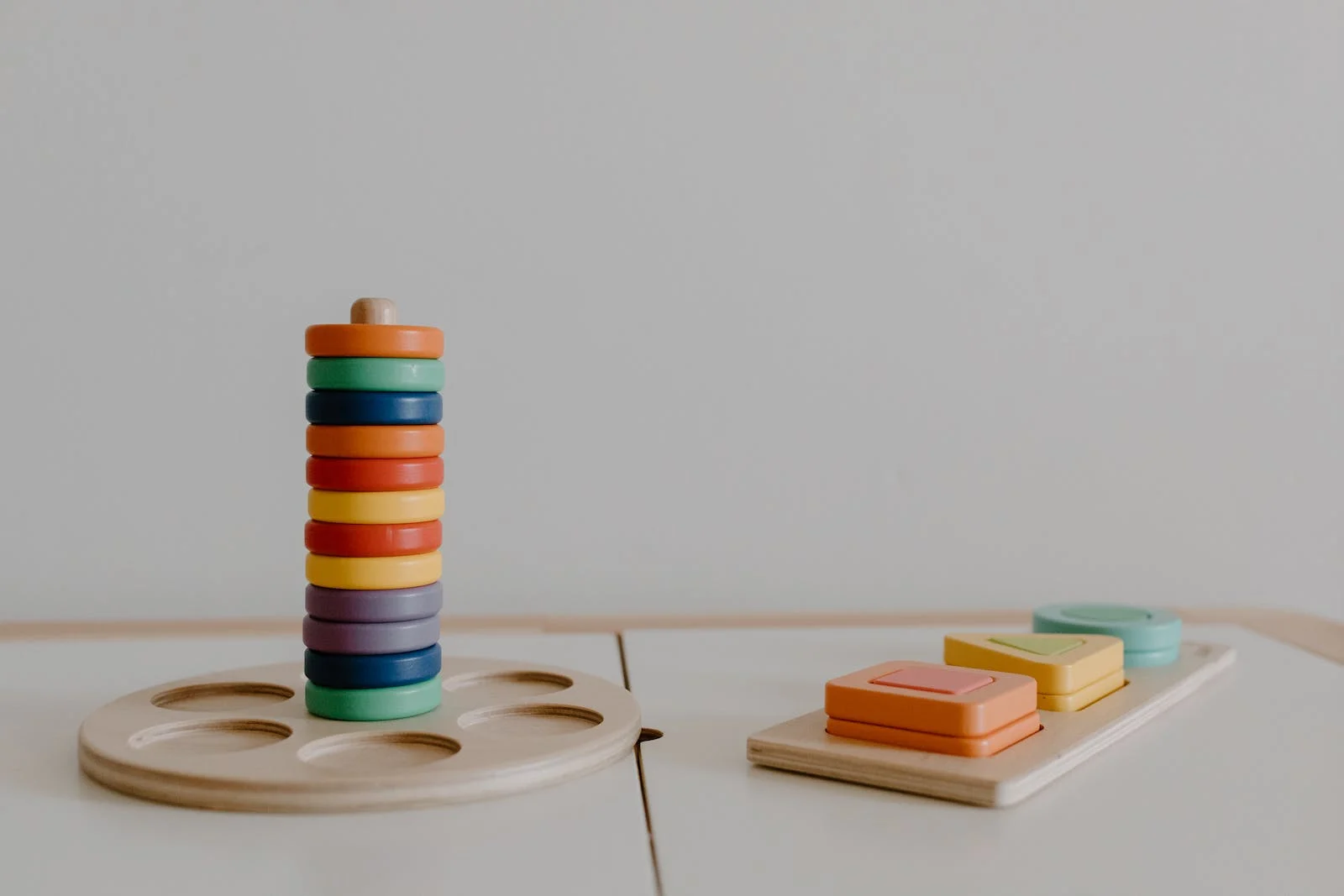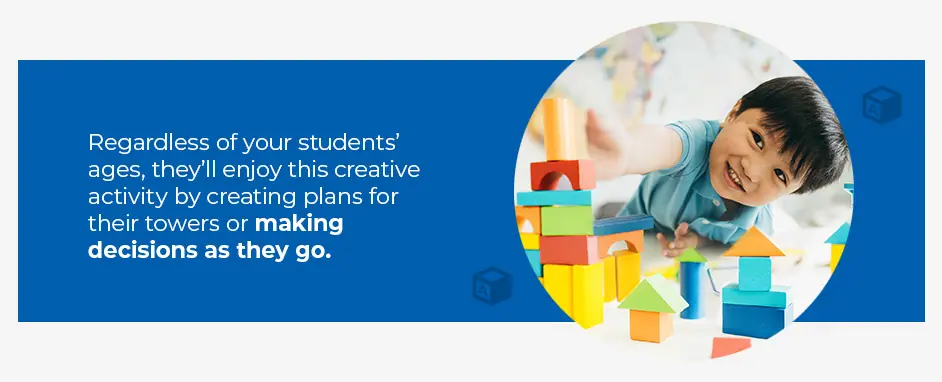- by Super Admin
- Sep 23, 2023
Educational Activities

4. Educational Activities
There’s always room for a little learning in your students’ games! Indoor recess ideas for elementary school students can promote stealthy learning through play.
Kids’ Trivia Games
A stash of age-appropriate trivia cards in your classroom will keep students guessing and learning in their free time throughout the year.
Puzzles
Keep some easy, colorful puzzles in your classroom for kids to put together during recess. Puzzles featuring cute animal images or characters from popular kids’ movies and shows are always a hit! Kids will have fun while working on their spatial reasoning and manual dexterity.

Word or Number Games
Activities like word searches, crossword puzzles, and Sudoku are fun to do and easy to find. You can always play a game of hangman on the whiteboard, too! Try a counting game like One, Two, Buckle My Shoe for younger kids.
Pass the Chicken
For this game that’s perfect for classroom review, you’ll need to gather your students in a circle to pass around a squeaky rubber chicken. You give a task or a math problem, such as “name four dog breeds” or “name pairs of numbers that add to seven.” The student who started with the chicken has to answer.
The rest of the circle tries to pass the chicken around before the first student gets done. If the student cannot answer, they have to squeak the chicken loudly and do a chicken dance! If the student is successful, the child holding the chicken when the question is answered correctly goes next.
Cooking
Making food in the classroom is sure to entertain your students while also teaching them important life skills. Choose a simple recipe like no-bake cookies and let your students measure the ingredients, mix them together, and form the dough into balls. Cooking gives children the opportunity to practice their math, science, and fine motor skills. You could also choose something less messy like a dry trail mix with your student’s favorite snacks.
Building Blocks
Building blocks are an excellent resource for kids of all ages to build decision-making, coordination, creativity, motor and social skills. While playing with blocks helps younger students discover concepts like shape, size, matching and sorting, older kids can use them to practice their reasoning and communication skills.
There are several types of blocks your students can play with. You can provide students with various options, including wooden, cardboard, foam and plastic interlocking blocks. Before choosing the right blocks for your classroom, consider your students. Lighter cardboard and foam blocks may reduce the chance of injuries for younger kids, as block structures often topple. However, older students may be able to handle heavier wooden or interlocking plastic options.
The many cognitive skills kids can practice while playing with building blocks include making comparisons, following a pattern and logical reasoning. For example, younger students may learn that putting two blocks together will give them a larger surface to build upon. Meanwhile, their older peers might want to work together to create a specific structure or make the largest tower possible.
Regardless of your students’ ages, they’ll enjoy this creative activity by creating plans for their towers or making decisions as they go! Students of all ages will have fun working together to test their structure’s integrity and practice their reasoning skills by troubleshooting along the way. They’ll also build their social development by cooperating with classmates. Students will have to share blocks and communicate to build a structure. Their self-confidence will grow when they successfully execute an idea by working together!

Playing with building blocks can introduce your students to basic math and science concepts like geometry, balance, space visualization, symmetry and gravity. Adults can use blocks to teach older students concepts like fractions, measuring and estimating, and they can educate younger kids about different shapes, numbers and colors. This activity can also boost kids’ self-esteem, as they’ll feel pride in their work and enjoy sharing it with adults and peers.
Your students can improve their ability to describe objects by explaining their tower’s size, color, position and shape. They can even practice storytelling by describing the building process, recounting their challenges and successes and how they had to work with others to produce a successful result. When kids share their experiences, they learn how to process their emotions while increasing their ability to communicate with others.




